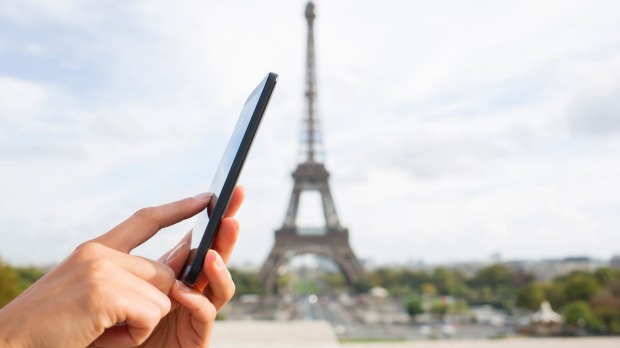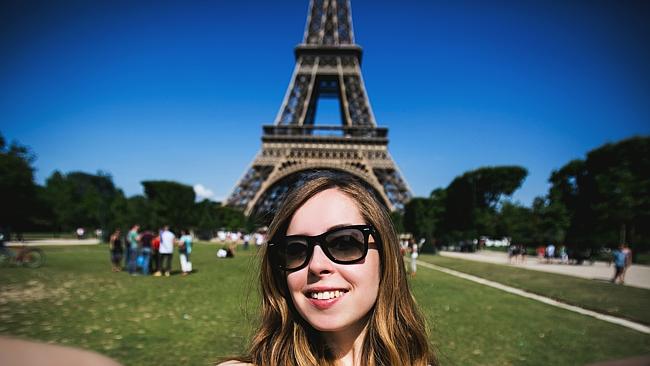This article from BBC unveils new travel attractions in 2015.

The Bull Ring shopping centre houses more than 160 outlets | Image Source: bbc.com
Birmingham has been named as one of the top 10 cities in the world by travel handbook company Rough Guide.
It joins Johannesburg, New Orleans and Wellington on the list, described by the firm as “a comprehensive and reliable rundown of the best places to travel in 2015”.
Birmingham was described as having cultural variety, excellent shopping and a buzzing live music scene.
It is the only UK location on the list, which does not rank the chosen cities.
According to the guide, the conurbation has “long outgrown the squalor and misery of its boom years”, and is one of the most cosmopolitan cities in Britain.
The glowing recommendation, though, is tempered by “there’s no pretending that Birmingham is packed with interesting sights – it isn’t – but, along with its first-rate restaurant scene and nightlife, it’s well worth at least a couple of days.”
Defining Birmingham
1. Culture
The Library of Birmingham, which cost £189m to build and houses a collection of one million books, opened in 2013. The Ikon gallery features artists from around the world with work including sound, film, mixed media, photography, painting and sculpture. Symphony Hall Birmingham entertains about half a million concert-goers every year and provides education programmes. (Source: Visit Birmingham)
2. Famous faces
Youngest-ever Nobel Peace Prize winner, Malala Yousafzai, goes to school in Birmingham. Ozzy Osbourne of Black Sabbath hails from the city, as did the inventor of custard powder, Alfred Bird – whose legacy can be seen in arts centre the Custard Factory. And unlikely as it seems, the region recently staked a claim on Charlie Chaplin, who some believe was born in a caravan in Smethwick.
3. The accent
The Birmingham accent frequently comes bottom in polls of people’s favourites. It is rarely heard on television or in films unless they are comedies – until BBC TV drama Peaky Blinders came along.
4. Cultural melting-pot
A city of world cultures, the 2011 census found 42% of Birmingham’s population was non-white and 94 languages were in use, including Creole, Luganda and Yiddish.
5. Industry
“Brummies” turned their hands to every kind of manufacturing, gaining the epithet “the city of 1001 trades”. In the 18th Century, men at the forefront of the Industrial Revolution – including James Watt, Matthew Boulton, and Joseph Priestley – formed the Lunar Society, where they shared scientific and industrial ideas. They conceived the world’s first purpose-built factory, invented gas lighting and pioneered both oxygen distillation and the mass production of the steam engine. (Source: Rough Guide)

The Library of Birmingham was shortlisted for the Riba architectural prize | Image Source: bbc..com

The BBC TV drama Peaky Blinders is set in Birmingham – but is not made in the city | Image Source: bbc.com

Activist Malala Yousafzai, rock star Ozzy Osbourne and father of custard Alfred Bird are some of Birmingham’s leading lights | Image Source: bbc.com
The guide’s authors said New Street Station’s renovation, due to finish next year, was among the things which made 2015 the “ideal time to visit” Birmingham.
They also said the city has “often missed out on its share of the limelight” due to competition from “cultural powerhouses” London and Liverpool.
But “creative hotspots” like Digbeth, site of the former Bird’s Custard Factory, were emerging to redress the balance, they added.
Other notable spots highlighted by Rough Guide included the Gas Street Basin, described as “the prettiest part of the city’s serpentine canal system”.

Gas Street Basin was described as the “prettiest part” of Birmingham’s canal system | Image Source: bbc.com
Hi! I’m Louis Habash. As a travel writer, I always love to record the thrills and spills of my adventures. Follow me on Twitter to get the latest updates on my journey.
















